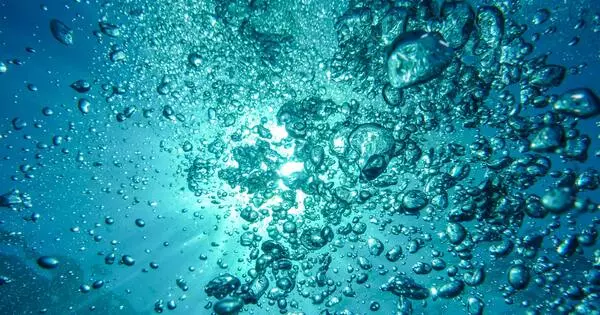Artificial intelligence (AI) has been discovered to be useful in the development of water filter materials and can speed up the process. Filter systems are used in a wide range of products, from everyday household faucet attachments to large industrial systems. Current filtration membranes, however, struggle to filter water if it is extremely dirty or contains small, neutral molecules, such as boric acid, an insecticide used on crop plants.
Even the best water filters allow some things through, but developing new materials and then testing them takes time and effort. Artificial intelligence (AI) could speed up the development of promising materials, according to researchers in ACS Central Science. They simulated different patterns of water-attracting and water-repelling groups lining a filter’s porous membrane in a proof-of-concept study and discovered optimal arrangements that should allow water through easily while slowing down some contaminants.
This study demonstrates AI’s utility in developing water purification membranes with novel properties, which could serve as the foundation for a new type of filter system. They go on to say that the approach could be used to create surfaces with unique interactions with water or other molecules, such as coatings that resist fouling.
Filter systems, ranging from faucet attachments to room-sized industrial systems, clean up water for drinking and other uses. However, current filtration membranes have a hard time if the water is extremely dirty or has small, neutral molecules, such as boric acid — a common insecticide used on crop plants.
This is due to the fact that synthetic porous materials are generally limited to sorting compounds by size or charge. However, biological membranes have pores made of proteins, such as aquaporin, that can separate water from other molecules based on size and charge due to the various types of functional groups, or collections of atoms, that line the channels. M. Scott Shell and colleagues were inspired to do the same with a synthetic porous material, so they used computers to design the inside of a carbon nanotube pore to filter boric acid-containing water.

The scientists created a carbon nanotube channel by attaching hydroxyl (water-attracting) and/or methyl (water-repelling) groups to each atom on the inner wall. The researchers then created and tested thousands of functional group patterns using optimization algorithms and machine learning, a type of artificial intelligence, to determine how quickly water and boric acid would move through the pore. Here’s what they discovered:
- The optimal patterns had one or two rows of hydroxyl groups sandwiched between methyl groups, forming rings around the midsection of the pore.
- In these simulations, water went through the pore nearly twice as fast as boric acid.
- Another series of simulations showed that other neutral solutes, including phenol, benzene and isopropanol, could also become separated from water with the optimized carbon nanotube designs.
According to the researchers, this study demonstrates AI’s utility in developing water purification membranes with novel properties, which could serve as the foundation for a new type of filter system. They go on to say that the approach could be used to create surfaces with unique interactions with water or other molecules, such as coatings that resist fouling.














